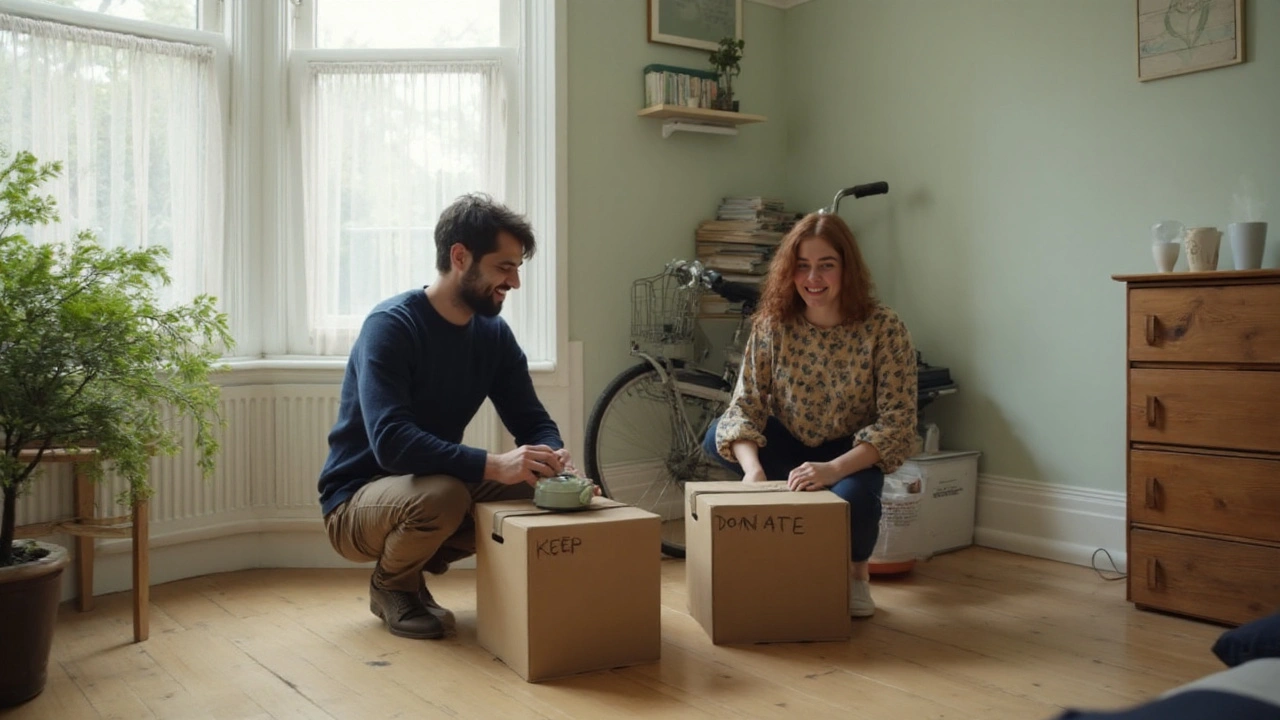Simplify Life with Smart Design and Architecture
Ever feel like your home is a maze of clutter and complicated gadgets? You’re not alone. Many of us want a space that feels calm, works well, and doesn’t demand constant upkeep. The good news is that a few design tweaks can turn chaos into a breeze. Below you’ll find down‑to‑earth ideas that blend modern tech, classic craftsmanship, and plain‑spoken simplicity.
Why Simplicity Works in Design
Simplicity isn’t just an aesthetic—it cuts down on decision fatigue and maintenance. Think of high‑tech homes that automate lighting and temperature. When the system is set up right, you press one button and the house adjusts itself, saving time and energy. That’s the core of smart design: fewer manual actions, more reliable results.
Classic styles like American Craftsman also teach us about simplicity. Those homes focus on natural materials, built‑in storage, and clear lines. You don’t need extra shelves or fancy décor because the design already provides functional beauty. When you choose pieces that have a purpose—like a bench with hidden drawers—you keep the room tidy without extra effort.
Minimalism in tech shows the same principle. A clean interface means you spend less time hunting for settings and more time using the tool. Less clutter on your phone or laptop translates to a calmer mind, especially when you’re juggling projects or family life.
Easy Steps to Make Your Space Simpler
1. Start with one room. Pick the area you spend most time in—usually the kitchen or living room. Clear everything off the counters and surfaces. Keep only items you use daily. Store the rest in labeled bins or drawers.
2. Introduce smart basics. Install a programmable thermostat or a voice‑controlled light switch. These cost a few dollars but pay off in comfort and lower bills.
3. Use built‑in storage. Look for furniture that doubles as storage—think sofas with a hidden compartment or a coffee table with a shelf. This mirrors the Craftsman approach of hiding clutter inside beautiful pieces.
4. Choose a neutral palette. Light walls and simple fabrics make a room feel larger and calmer. You’ll also find it easier to match new items without needing a complete redesign.
5. Declutter digitally. Delete unused apps, organize files into clear folders, and turn off unnecessary notifications. A tidy digital life reduces stress just as much as a tidy physical space.
6. Set a weekly reset. Spend 15 minutes each Sunday putting things back in their place. This habit prevents small messes from becoming overwhelming.
7. Borrow ideas from Neo‑Futurism. This movement uses sleek, parametric forms that look complex but are actually efficient. A simple, curvy shelf can hold many items while taking up less floor space.
8. Keep only what adds value. Ask yourself if each object serves a purpose or brings joy. If not, donate or recycle it. The rule of “one in, one out” works well for new purchases.
By applying these steps, you’ll notice a shift from constant tidying to effortless living. The goal isn’t to strip away personality but to let the space support your daily routine instead of demanding attention.
Ready to try? Pick one tip, put it into action today, and watch how much smoother your day becomes. Simpler design means more breathing room, and that’s the real win for anyone looking to simplify life.

Minimalism Guide: Declutter, Simplify, and Make Room for What Matters
A practical minimalism guide to declutter, simplify, and focus on what matters. Clear steps, checklists, examples, and FAQs for home, digital life, and habits.
Read more